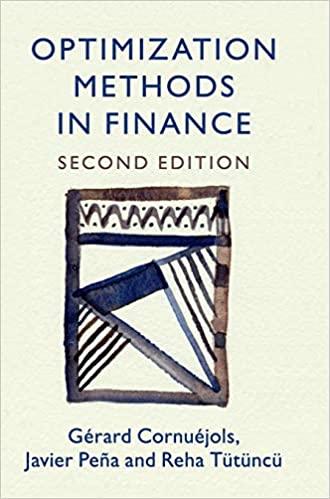Wollogong Group Limited of New South Wales, Australia, acquired its factory buliding 10 years ago. For several years, the company has rented out a small annex attached to the rear of the buiding for $30,000 per year. The renter's lease will expire soon, and rather than renewing the lease, the company has decided to use the annex to manufacture a new product. Direct materials cost for the new product will total $80 per unit. To have a place to store its finished goods, the company will rent a small warehouse for $500 per month. In addition, the company must rent equipment for $4,000 per month to produce the new product. Direct laborers will be hired and paid $60 per unit to manufacture the new product. As in prior years, the space in the annex will continue to be depreciated at $8,000 per year. The annual advertising cost for the new product will be $50,000. A supervisor will be hired and paid $3,500 per month to oversee production. Electricity for operating machines will be $1.20 per unit. The cost of shipping the new product to customers will be $9 per unit. To provide funds to purchase materials, meet payrolls, and so forth, the company will have to liquidate some temporary investments. These investments are presently ylelding a return of $3,000 per year. Required: Using the table shown below, describe each of the costs associated with the new product decision in four ways. - In terms of cost classifications for predicting cost behavior, indicate whether the cost is fixed or variable. - With respect to cost classifications for manufacturers if the item is a manufacturing cost, indicate whether it is direct materlals, direct labor, or manufacturing overhead. If it is a nonmanufacturing cost, then select "none" as your answer. - With respect to cost classifications for preparing financial statements, indicate whether the item is a product cost or period cost. - In terms of cost classifications for decision making, identify any items that are sunk costs or opportunity costs. Select "none" if neither category applies. Note: If you identify an item as an opportunity cost, then select "none" os your answer in columns 2 through 4. 013252








